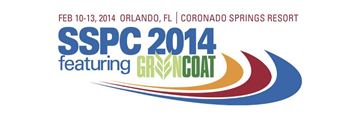Search
SSPC Conference Papers
Legacy SSPC Conference Papers
View as
Sort by
Display
per page
Advances in Mechanical Surface Preparation
Product Number:
41212-663-SG
Publication Date:
2012
$20.00
Advances in Mechanical Surface Preparation
Product Number:
41211-587-SG
Publication Date:
2011
$20.00
Advantages and Savings by Using Portable Wheel Blast Machines for Maintenance of Storage Tanks
Product Number:
51220-247-SG
Publication Date:
2020
$20.00
Aerogel Additives for Next Generation of Water Borne Insulative Coatings
Product Number:
41212-671-SG
Publication Date:
2012
$20.00
Air Balancing is More Than a Building Science
Product Number:
41214-858-SG
Publication Date:
2014
$20.00
Air Barrier Testing of Concrete Masonry Assemblies and the Effect of Surface Coatings on Air Permanence
Product Number:
41212-685-SG
Publication Date:
2012
$20.00
Air Barriers 101: Basic Theory and Design
Product Number:
41206-238-SG
Publication Date:
2006
$20.00
Air-Drying Waterborne One-Pack Coatings For Corrosion Protection
Product Number:
41213-767-SG
Publication Date:
2013
$20.00
Alphatic Polyurea Speification - The Development of SSPC Paint Specification 39
Product Number:
41205-183-SG
Publication Date:
2005
$20.00
Alphatic Thick Film Coatings - How You Can Habe Your Cake and Eat it Too!!
Product Number:
41206-270-SG
Publication Date:
2006
$20.00











